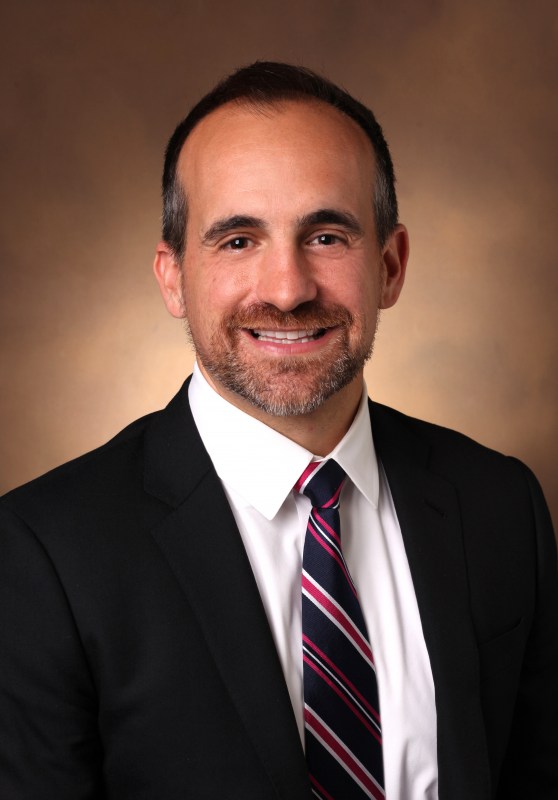
James E. Cassat, MD, PhD
More Information
Interaction between host and pathogen during invasive bacterial infections
Jim was born and raised in Little Rock, Arkansas. After completing undergraduate studies and medical school at the University of Arkansas, Jim moved onto Music City for a residency in Pediatrics at Vanderbilt, followed by a fellowship in Pediatric Infectious Diseases. Jim joined Vanderbilt faculty in July 2014.
Research Information
The major focus of my research is to understand the interaction between host and pathogen during invasive bacterial infections. Specifically, we seek to define the bacterial virulence mechanisms and host defenses employed during osteomyelitis, an invasive infection of bone common in both children and adults. Risk factors and protective immune responses for osteomyelitis are poorly defined, and bone infections are notoriously recalcitrant to antimicrobial therapy due to both pathogen-induced bone destruction and the emergence of multi-drug resistant pathogens. Therefore, we have created new tools to investigate the host-pathogen interface during osteomyelitis. As Staphylococcus aureus is by far the most common cause of osteomyelitis, we have focused our efforts on identifying the mechanisms by which S. aureus causes bone infection and resulting bone destruction, as well as the host defenses that protect against staphylococcal infection. Using a combination of bone cell culture models, proteomic analyses of bacterial virulence factors, and a new quantitative in vivo model of staphylococcal osteomyelitis, we have uncovered specific bacterial factors that contribute to the pathogenesis of osteomyelitis by triggering osteoblast cell death and bone destruction in vivo. We have also identified staphylococcal genes necessary for survival within the bone. By further defining the mechanisms by which S. aureus survives within bone and ultimately triggers bone destruction, we hope to identify new therapeutic targets to treat osteomyelitis and to limit the morbidity associated with this invasive infection. Moreover, by characterizing the host responses to bacterial pathogens in the bone, we seek to define protective correlates of innate immunity in bone and potentially uncover risk factors for the development of osteomyelitis in otherwise healthy children. Finally, by investigating how bacterial pathogens perturb bone cell physiology, we wish to enhance an understanding of changes in bone remodeling in the face of infectious and inflammatory insults.
